Summary | Excerpt | Reviews | Beyond the Book | Readalikes | Genres & Themes | Author Bio
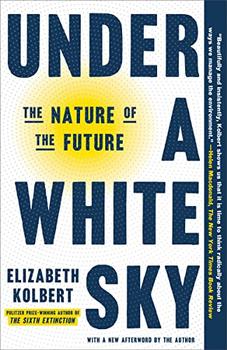
Critics' Opinion:
Readers' Opinion:
First Published:
Feb 2021, 256 pages
Paperback:
Apr 2022, 272 pages
 Book Reviewed by:
Book Reviewed by:
Ian Muehlenhaus
Buy This Book
Chapter 1
Rivers make good metaphors—too good, perhaps. They can be murky and charged with hidden meaning, like the Mississippi, which to Twain represented "the grimmest and most dead-earnest of reading matter." Alternatively, they can be bright and clear and mirror-like. Thoreau set off for a week on the Concord and Merrimack Rivers and within a day found himself lost in reflection over the reflections he saw playing on the water. Rivers can signify destiny, or coming into knowledge, or coming upon that which one would rather not know. "Going up that river was like traveling back to the earliest beginnings of the world, when vegetation rioted on the earth," Conrad's Marlow recalls. They can stand for time, for change, and for life itself. "You can't step into the same river twice," Heraclitus is supposed to have said, to which one of his followers, Cratylus, is supposed to have replied, "You can't step into the same river even once."
It is a bright morning following several days of rain, and the not-quite-river I am riding is the Chicago Sanitary and Ship Canal. The canal is a hundred and sixty feet wide and runs as straight as a ruler. Its waters, the shade of old cardboard, are flecked with candy wrappers and bits of Styrofoam. On this particular morning, traffic consists of barges hauling sand, gravel, and petrochemicals. The one exception is the vessel I'm on, a pleasure craft named City Living.
City Living is outfitted with off-white banquettes and a canvas awning that snaps smartly in the breeze. Also on board are the boat's captain and owner and several members of a group called Friends of the Chicago River. The Friends are not a fastidious bunch. Often their outings involve wading knee-deep in polluted water to test for fecal coliform. Still, our expedition is slated to take us farther down the canal than any of them has ever been before. Everyone is excited and, if truth be told, also a little creeped out.
We have made our way into the canal from Lake Michigan, via the Chicago River's South Branch, and now are motoring west, past mountains of road salt, mesas of scrap metal, moraines of rusted shipping containers. Just beyond the city limits, we skirt the outflow pipes of the Stickney plant, said to be the largest sewage operation in the world. From the deck of City Living, we can't see the Stickney, but we can smell it. Conversation turns to the recent rains. These have overwhelmed the region's water-treatment system, resulting in "combined sewer overflows," or CSOs. There is speculation about what sort of "floatables" the CSOs have set adrift. Someone wonders if we'll encounter any Chicago River whitefish, local slang for used condoms. We chug on. Eventually, the Sanitary and Ship Canal joins up with another canal, known as the Cal-Sag. At the meeting of the waters, there's a V-shaped park, featuring picturesque waterfalls. Like just about everything else on our route, the waterfalls are manufactured.
If Chicago is the City of the Big Shoulders, the Sanitary and Ship Canal might be thought of as its Oversized Sphincter. Before it was dug, all of the city's waste—the human excrement, the cow manure, the sheep dung, the rotting viscera from the stockyards—ran into the Chicago River, which, in some spots, was so thick with filth it was said a chicken could walk from one bank to the other without getting her feet wet. From the river, the muck flowed into Lake Michigan. The lake was—and remains—the city's sole source of drinking water. Typhoid and cholera outbreaks were routine.
The canal, which was planned in the closing years of the nineteenth century and opened at the start of the twentieth, flipped the river on its head. It compelled the Chicago to change its direction, so that instead of draining into Lake Michigan, the city's ordure would flow away from it, into the Des Plaines River, and from there into the Illinois, the Mississippi, and, ultimately, the Gulf of Mexico. water in chicago river now resembles liquid, ran the headline in The New York Times.
Excerpted from Under a White Sky by Elizabeth Kolbert. Copyright © 2021 by Elizabeth Kolbert. All rights reserved. No part of this excerpt may be reproduced or reprinted without permission in writing from the publisher.
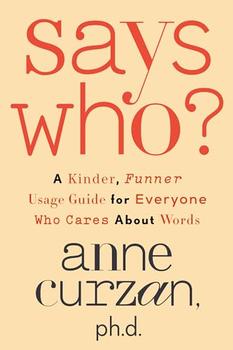
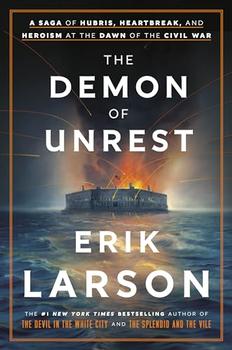
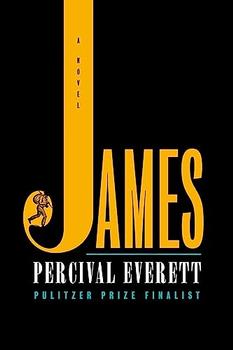
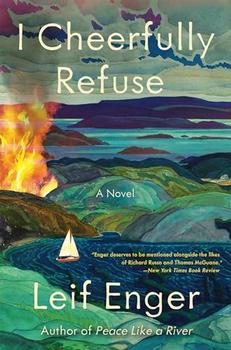
Children are not the people of tomorrow, but people today.
Click Here to find out who said this, as well as discovering other famous literary quotes!
Your guide toexceptional books
BookBrowse seeks out and recommends the best in contemporary fiction and nonfiction—books that not only engage and entertain but also deepen our understanding of ourselves and the world around us.